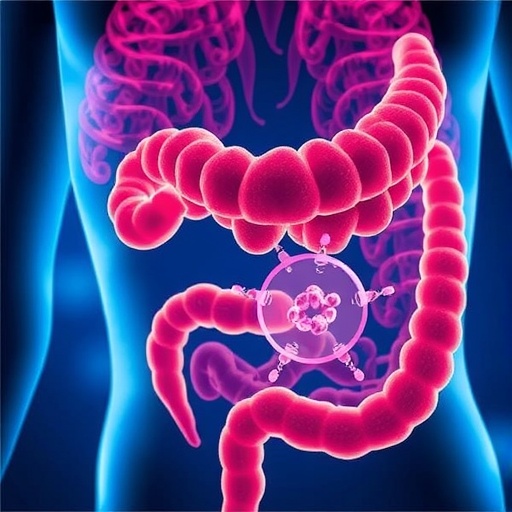
Flaviviruses–such as Zika, dengue, and yellow fever–have emerged as human (and other primate) pathogens because of their ability to specifically overcome our anti-viral defenses. In the case of Zika, researchers at the Icahn School of Medicine at Mount Sinai report May 19 in Cell Host & Microbe that one of the virus's seven non-structural proteins (NS5) is singularly responsible for blocking the action of interferons (proteins that stop viral replication) in human cells, while mouse cells are unaffected.
Infectious disease specialist Adolfo García-Sastre and his lab members had been studying the strategies that flaviviruses use to suppress host immune responses when the Zika outbreak began. The 70+ known flaviviruses use diverse mechanisms to overcome interferons produced by host cells, and so the researchers were curious to find out which family member Zika most took after.
"To our surprise, Zika's ability to inhibit interferon signalling in human cells is most similar to dengue virus and not its closer relative, Spondweni virus," says García-Sastre, senior author of the paper. "Both dengue and Zika affect the same target for degradation to prevent the action of interferon, but they use different host machinery."
The shared target is STAT2, a protein that tells the cell to start making a range of antiviral genes induced by interferons. While both dengue and Zika viruses use their non-structural protein, NS5, to bind to and shut down STAT2 activity, the mechanism of degradation of STAT2 is unique for Zika virus among the flaviviruses. How Zika NS5 has this effect is being worked out; however, there is evidence that Zika is the first known flavivirus with an NS5 protein that accumulates in specific nuclear dots, which might relate to its ability to shut down host antiviral defences.
The work, done in collaboration with Sonja Best's lab at the National Institute of Allergy and Infectious Diseases, is a starting point for new therapeutic approaches for Zika. By blocking NS5 activity, it can make the virus more susceptible to an infected cell's innate immune response. This approach could also be useful for vaccine development, although it will be important to learn how quickly NS5 could mutate, as viral resistance is always a possible issue.
"We're also interested in making the virus grow in mice by replicating the human innate immune response," says García-Sastre. "By introducing human STAT2 in a mouse, we might develop an immune-competent small animal model for testing vaccines and therapeutics."
###
This work was supported in part by the Intramural Research Program of the National Institutes of Health, National Institute of Allergy and Infectious Diseases. These studies were also partly supported by a supplement to an NIAID grant.
Cell Host & Microbe, Grant et al.: "Zika virus targets human STAT2 to inhibit type I interferon signaling" http://www.cell.com/cell-host-microbe/fulltext/S1931-3128(16)30205-0
Cell Press Statement on Data Sharing in Public Health Emergencies
The Cell Press family of journals is committed to ensuring that the global response to public health emergencies is informed by the best available research evidence and data, and as such, we will make all content concerning the Zika virus free to access. We will work in partnership with reviewers to fast-track review all submissions concerning Zika. We will adapt the editorial criteria that we apply to Zika submissions by asking reviewers to evaluate only if the research methods are sound and support the conclusions and if the work will contribute in some way toward resolving the immediate challenges. We will expedite publication of papers that meet these two criteria.
Cell Host & Microbe (@cellhostmicrobe), published by Cell Press, is a monthly journal that publishes novel findings and translational studies related to microbes (which include bacteria, fungi, parasites, and viruses). The unifying theme is the integrated study of microbes in conjunction and communication with each other, their host, and the cellular environment they inhabit. Visit: http://www.cell.com/cell-host-microbe. To receive Cell Press media alerts, contact [email protected]
Media Contact
Joseph Caputo
[email protected]
617-397-2802
@CellPressNews
http://www.cellpress.com




